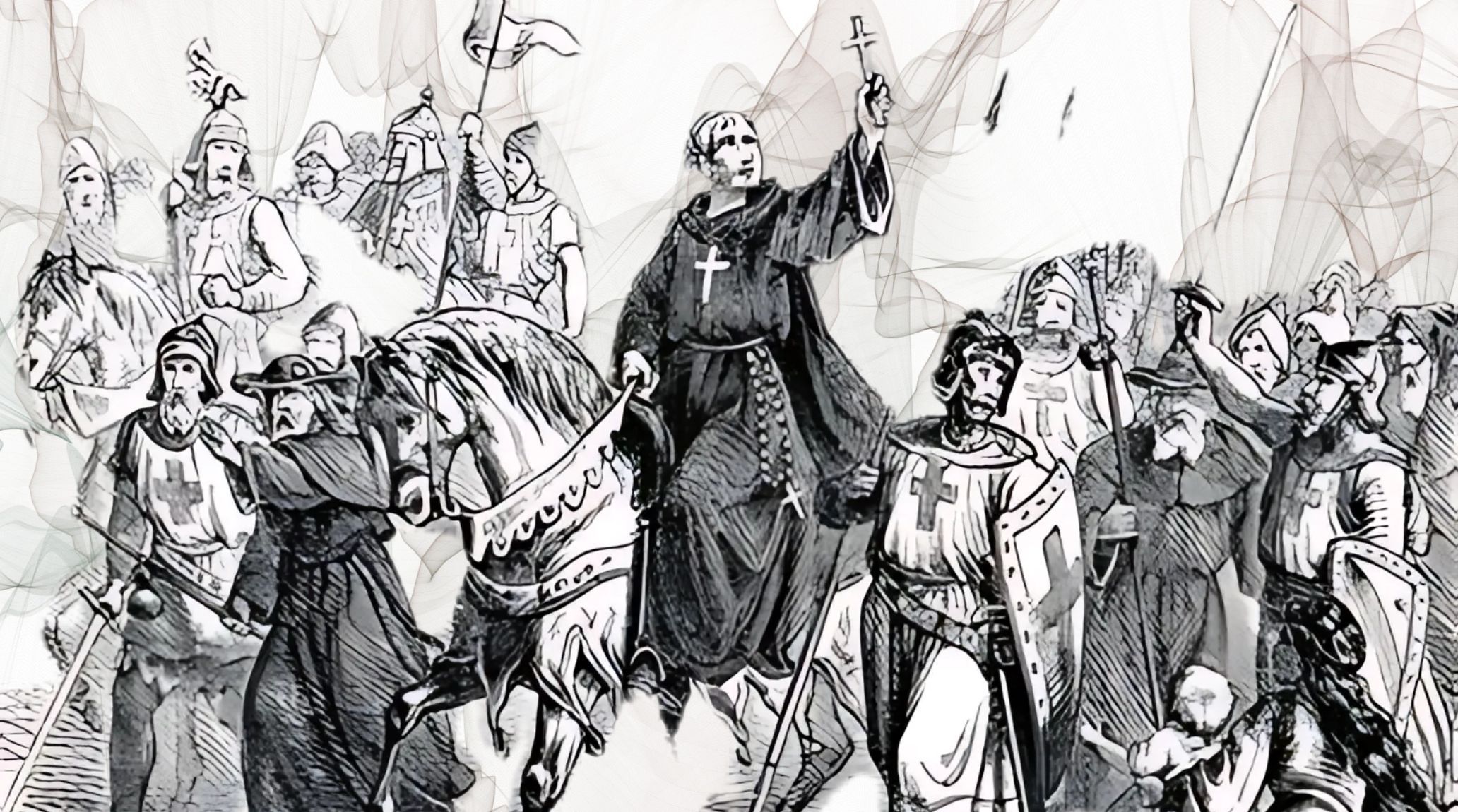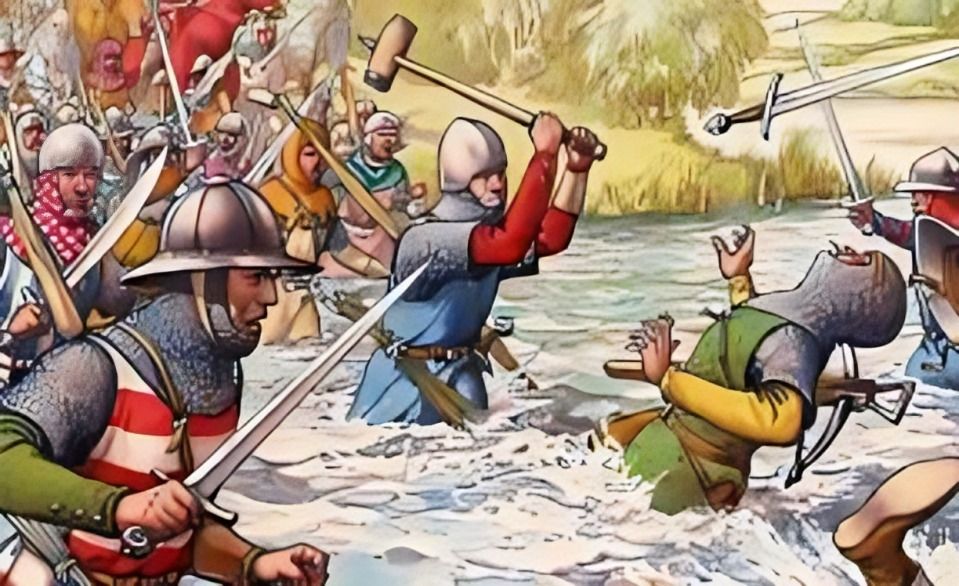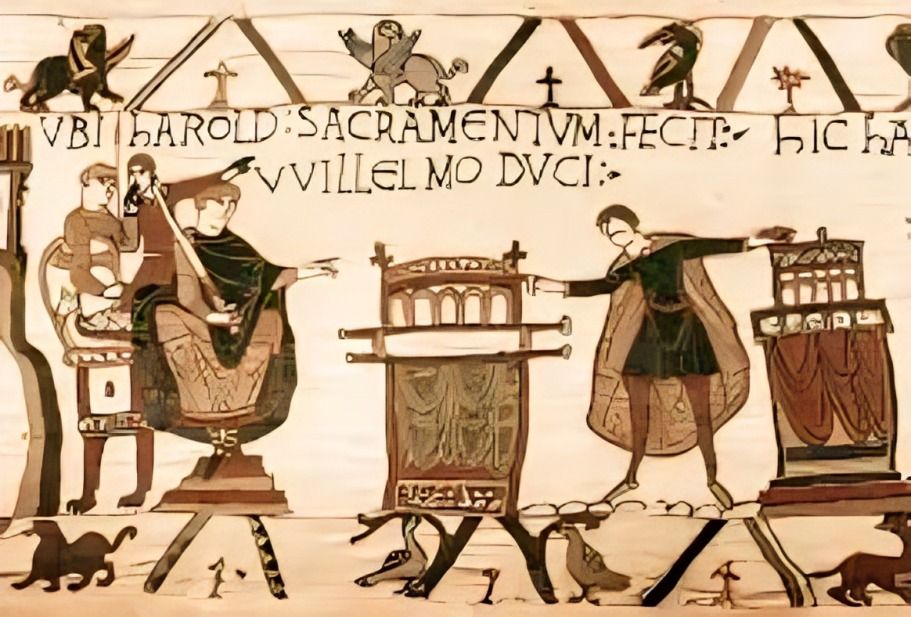
“
The decline of feudalism in Europe marked a significant shift in political, economic, and social structures. Starting in the late Middle Ages, several factors contributed to its fall, including the rise of centralized monarchies, the Black Death, and the growth of towns and trade. Important Facts About The Decline of Feudalism in Europe explores these factors and their impact on the transition from medieval to early modern society. Learn how this shift laid the foundation for the development of more centralized and powerful nation-states.1
”
Feudalism, emerging in the High Middle Ages, was a system of military-based governance where kings, lords, and vassals exchanged land and protection for service, lasting until the late 14th century. 1
The rise of centralized monarchies weakened feudal lords' authority as kings expanded their power, established standing armies, and replaced feudal obligations with direct taxation and centralized governance. 2
Feudalism dominated Europe for centuries but was replaced by capitalism due to population growth and economic development, leading to changes in social, economic, and political structures over time. 3
The development of towns and cities provided opportunities for trade and industry, attracting serfs who sought freedom, wages, and economic independence, undermining the feudal manor's labor system. 4
Peasants sought freedom from feudalism, while nobles resisted change. In 1215, nobles forced King John at Runnymede to seal the Magna Carta, a document limiting royal power and protecting rights.5

The Hundred Years' War (1337–1453) between England and France destabilized feudal relationships, as long campaigns required national armies and centralized funding rather than reliance on vassals.
The Peasants' Revolt of 1381 in England highlighted growing discontent with feudal dues and labor exploitation, as peasants demanded fair treatment and questioned traditional hierarchies. 6
The Great Famine (1315–1317) and subsequent agricultural crises reduced feudal landlords' wealth, forcing them to lease lands to tenant farmers or sell estates, eroding feudal structures. 7
The Magna Carta (1215) marked an early challenge to feudal authority by limiting royal power, fostering a precedent for governance based on legal principles and shared power. 8
The Crusades introduced feudal societies to global trade, exposing them to wealth and new ideas that weakened traditional agrarian economies and encouraged a commercial transformation.9

The shift to a money-based economy reduced the importance of land as the primary source of wealth, allowing merchants and tradespeople to gain influence over feudal elites.
Political developments in England and the bubonic plague, which struck Europe from 1346 to 1351 and returned in waves, contributed to weakening feudalism and bringing major changes throughout the 15th century. 10
The Renaissance emphasized humanism and secularism, fostering an intellectual climate that undermined feudalism's rigid social structure and encouraged cultural and economic innovation. 11
The Black Death allowed surviving workers to demand higher wages and better conditions, disrupting the traditional labor exchange tied to feudal obligations on manorial estates. 12
The enclosure movement in England privatized common lands, displacing peasants and reducing the economic basis of feudal manors, driving rural populations to seek opportunities in cities.13

Feudal obligations eroded as monarchs centralized legal systems, replacing localized justice administered by lords with courts and national laws under royal authority.
The rise of universities and education promoted intellectual movements that questioned the rigid hierarchies and traditions of feudalism, encouraging new societal structures. 14
The rise of banking and credit institutions supported economic growth and trade, reducing the reliance on feudal landholding as the main source of wealth and power. 15
The Treaty of Westphalia (1648) marked a turning point in European politics, affirming state sovereignty and further diminishing the fragmented authority of feudal lords. 16
The decline of feudalism paved the way for the modern nation-state, characterized by centralized governance, market economies, and social mobility, transforming medieval Europe into a precursor of the modern world. 17


